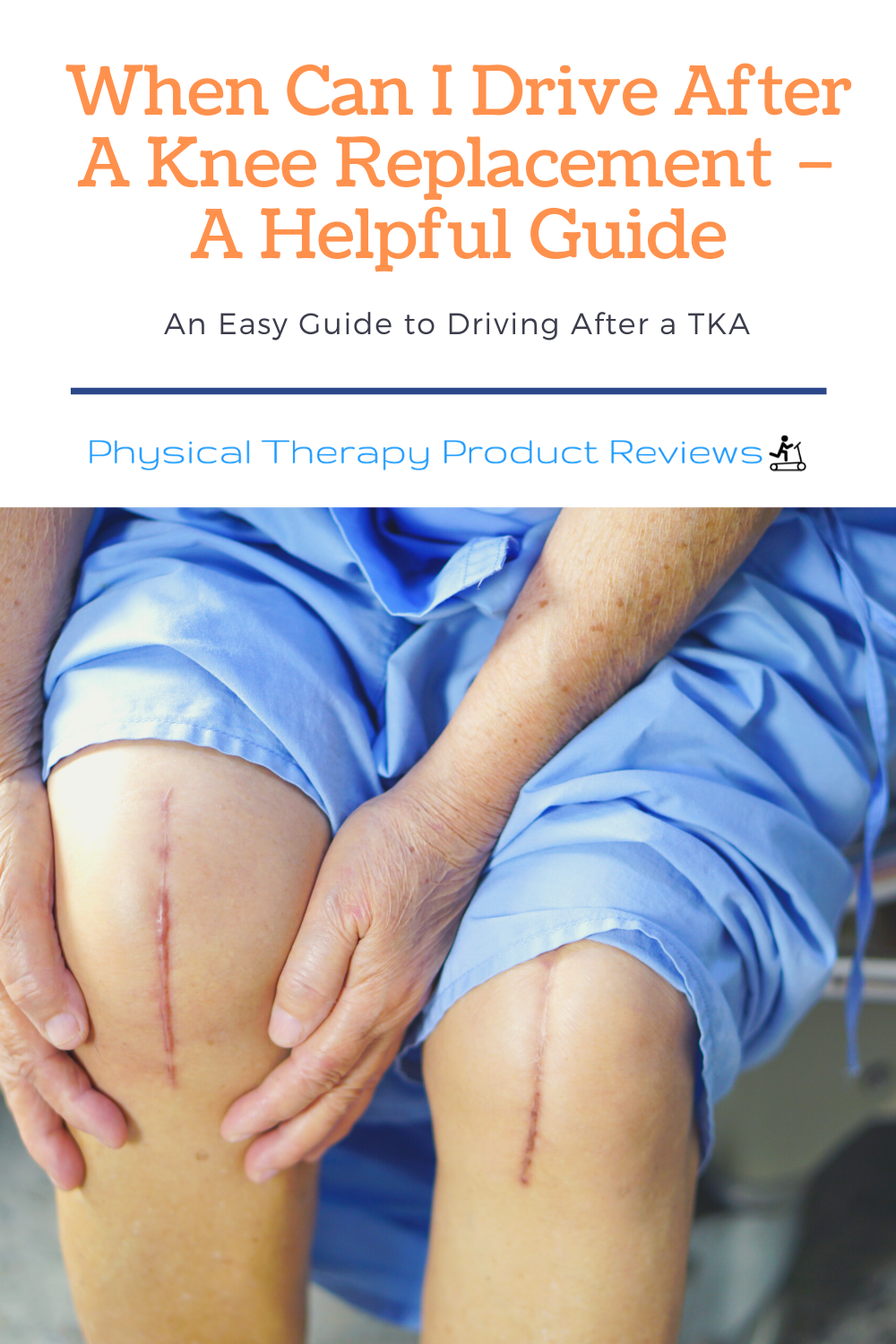Table of Contents
Understand post surgery driving restrictions
Knee replacement surgery represent a major orthopedic procedure that importantly impact mobility and require careful consideration before resume driving activities. The decision to return to drive involve multiple medical, legal, and safety factors that patients must understand exhaustively.
Most orthopedic surgeons establish specific guidelines for when patients can safely operate a vehicle follow knee replacement surgery. These recommendations stem from concerns about reaction time, pedal control, and overall safety for both the patient and other road users.
Typical recovery timeline for drive
The timeline for return to drive varies substantially base on several key factors. Patients who undergo right knee replacement surgery typically face longer restrictions than those with left knee procedures, peculiarly when drive vehicles with automatic transmissions.
For left knee replacement surgery, many patients can resume drive within two to four weeks, provide they meet specific criteria. The left leg principally controls the clutch in manual transmission vehicles, but play a minimal role in automatic vehicle operation.
Right knee replacement present more complex challenges since this leg control both the brake and accelerator pedals. Most surgeons recommend wait four to eight weeks before attempt to drive, though individual recovery rates importantly influence this timeline.
Factors affect return to drive
Several critical factors determine when patients can safely return to drive after knee replacement surgery. Pain medication represent one of the about significant considerations, as narcotic pain relievers and certain anti-inflammatory medications can impair judgment and reaction times.
Range of motion play a crucial role in drive safety. Patients need sufficient knee flexion to well operate pedals and enough extension to maintain proper leg positioning during extended driving periods. Most surgeons require patients to achieve at least 90 degrees of knee flexion before clear them for drive.
Muscle strength and control must return to adequate levels for safe vehicle operation. The quadriceps muscles, which frequently weaken follow knee surgery, are essential for proper pedal control and emergency brake situations.
Medical clearance requirements
Obtain medical clearance represent a critical step before resume driving activities. Surgeons typically evaluate several specific criteria during follow-up appointments to determine drive readiness.
Pain levels must be manageable without narcotic medications during drive periods. While some discomfort is normal during recovery, severe pain can distract drivers and compromise safety. Patients should demonstrate the ability to concentrate on drive tasks without being overwhelmed by surgical site discomfort.
Reflexes and reaction times require assessment to ensure patients can respond suitably to emergency situations. Some medical practices use specialized testing equipment to measure brake response times and compare them to pre-surgery baselines.
Physical therapy milestones
Physical therapy progress oftentimes determine drive readiness more accurately than arbitrary time periods. Therapists work with patients to achieve specific functional milestones that correlate with safe driving abilities.
Weight bear progression represent one key milestone. Patients typically need to demonstrate full weight bear capacity on the surgical leg before receive drive clearance. This ensures adequate strength for emergency braking situations.
Stair climbing ability frequently serves as a practical measure of functional recovery. Patients who can safely navigate stairs typically possess sufficient strength and range of motion for drive activities.

Source: fromtourist2local.com
Vehicle type considerations
The type of vehicle importantly impacts when patients can safely return to drive. Automatic transmission vehicles mostly allow earlier return to drive compare to manual transmission cars, peculiarly for right knee replacement patients.

Source: physicaltherapyproductreviews.com
Seat height and pedal positioning affect comfort and control during drive. Higher seating positions, such as those find in SUVs and trucks, may be more comfortable for patients with limited knee flexion during early recovery phases.
Power steering and power brakes reduce the physical demands of vehicle operation, make drive more manageable during the recovery period. Patients with vehicles lack these features may need to wait recollective before resume driving activities.
Adaptive equipment options
Some patients benefit from temporary adaptive equipment during the transition backrest to normal driving. Left foot accelerator pedals can help right knee replacement patients return to drive presently, though this requires practice and adjustment.
Seat cushions and lumbar supports can improve comfort and positioning for patients experience stiffness or discomfort during extended sit periods. These modifications frequently prove specially helpful during retentive drive sessions.
Legal and insurance implications
Drive before receive proper medical clearance can have serious legal and insurance consequences. If an accident occurs while a patient is drive against medical advice, insurance companies may deny coverage claims.
Some states require medical clearance documentation for patients return to drive after major surgeries. Patients should check with their local department of motor vehicles to understand specific requirements in their jurisdiction.
Professional drivers, include commercial vehicle operators, face additional restrictions and may require more extensive medical evaluations before return to work relate driving activities.
Prepare for the return to drive
Before attempt to drive, patients should take several preparatory steps to ensure safety and comfort. Start with short, familiar routes during low traffic periods help rebuild confidence and assess drive abilities gradually.
Vehicle adjustments may be necessary to accommodate changes in flexibility or comfort levels. Seat position, mirror angles, and steer wheel height should be optimized for the patient’s current physical condition.
Emergency planning become especially important during early driving attempts. Patients should carry cell phones, inform family members of their travel plans, and avoid drive during challenging conditions such as heavy traffic or inclement weather.
Practice exercises
Several exercises can help patients prepare for return to drive activities. Practice pedal movements while the vehicle is park and turn off help assess range of motion and comfort levels without safety risks.
Reaction time exercises, such as promptly move the foot from accelerator to brake pedal, help evaluate readiness for emergency situations. These should be performed in a safe, control environment before attempt actual driving.
Warn signs and when to wait
Certain symptoms indicate that patients should delay their return to driving, irrespective of the time elapse since surgery. Persistent severe pain, especially pain that worsen with pedal operation, suggest the need for additional recovery time.
Medication side effects, include drowsiness, dizziness, or confusion, make drive unsafe careless of physical recovery progress. Patients should discuss medication timing and effects with their healthcare providers.
Swell that interfere with shoe fit or pedal operation indicate ongoing inflammation that may compromise drive safety. This typically resolve with additional rest and elevation.
Progressive return strategy
A gradual return to full driving activities frequently prove virtually successful and safe. Start with short trips to familiar destinations during optimal conditions help rebuild confidence and identify any remain limitations.
Increase trip length and complexity gradually allow patients to assess their endurance and comfort levels increasingly. This approach help prevent overexertion and identify potential problems before they become safety hazards.
Long term considerations
Most patients finally return to normal driving activities without long term restrictions follow knee replacement surgery. Nonetheless, some individuals may experience permanent changes that affect their drive comfort or abilities.
Reduced knee flexion, while frequently minimal, may make enter and exit certain vehicles more challenging. Patients may need to consider vehicle modifications or different vehicle types for optimal comfort.
Weather sensitivity sometimes develop follow joint replacement surgery, potentially affect drive comfort during certain conditions. Plan alternative transportation for especially uncomfortable weather may be necessary.
Regular follow up with healthcare providers ensure that any develop issues are address quickly and don’t compromise drive safety over time.
